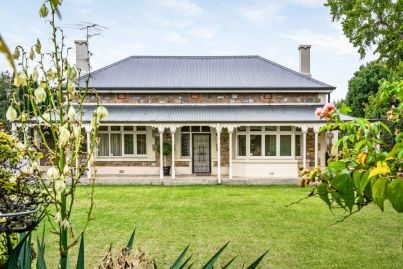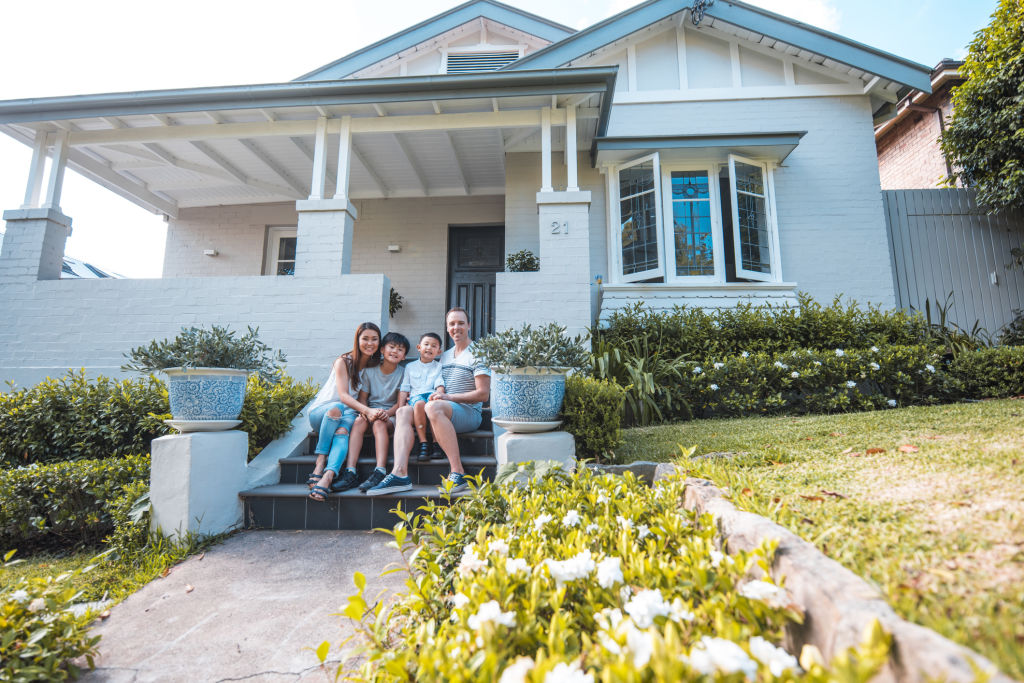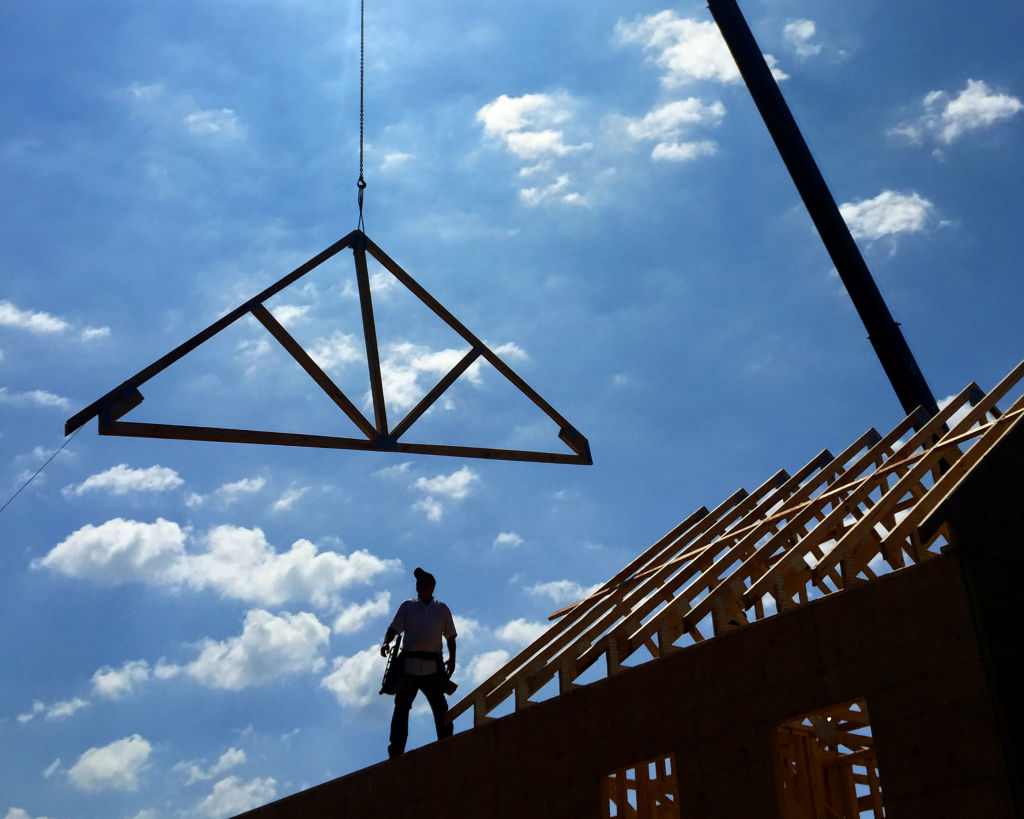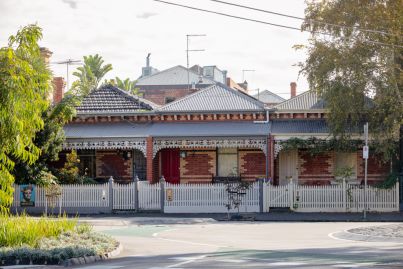How to research and explore different suburbs before buying a home
Are you looking to buy property in an unfamiliar suburb?
Sometimes we have to compromise on our preferred location or relocate to an area that better suits our changing lifestyle and family needs.
So, how can you get a handle on a new area and work out if it’s a place you could call home?
Can I afford to buy in this suburb?
Most of us have a budget in mind and perhaps even have pre-approval for a home loan, giving us a clear spending limit as we start our property search.
But Arjun Paliwal, founder and head of research at Sydney-based buyers’ agency InvestorKit cautions buyers to dig a little deeper than the advertised price guide for new listings.
“Many make the mistake of looking at a suburb’s properties for sale, but how much they’re listed for can be hit and miss for how much it actually sells for,” he says.
While it’s definitely worth checking current listings, Paliwal advises buyers to take a look at the past three months of comparable sales.
Browsing sold listings and auction results will give you an idea of prices and buyer demand in the area, while Domain’s quarterly House Price Reports can reveal how much prices have changed over the past quarter and year.


It’s important to compare apples with apples, says Peter Koulizos, program director, master of property at the University of Adelaide.
“Look for comparable properties: the same location, the same or similar suburb, similar-sized blocks of land, similar-sized houses, houses in similar condition,” he says.
In a steady market, recent sales will indicate what you can expect to pay, however, in a heated market you may need to add five or 10 per cent and in a declining market subtract five or 10 per cent for more accurate pricing of new listings.
Take time to visit in person
“You can do all the research you want on the computer but there’s nothing like going to visit the area you want to invest in,” says Koulizos, who suggests parking the car and exploring on foot.
A single suburb can play host to a smorgasbord of people and property, so you’ll want to get an understanding of the best and worst pockets.
“Is there a lot of graffiti, busted up bus shelters, burn-out tyre marks on the road?” says Koulizos. “It doesn’t mean you discard the whole suburb, but those are probably areas you don’t want to be investing your money in.”

A suburb visit also provides the opportunity to see amenities first-hand, from schools and parks to shops and cafes.
Paliwal advises buyers to pay particular attention to the location of things like main roads, industrial precincts, cemeteries and major power stations which may drag down prices or impact on quality of life.
Explore the fundamentals
The Australian Bureau of Statistics website has a wealth of information on every Australian suburb from the age, education and income of residents to population growth, dwelling types and the breakdown of owner-occupied versus rented property.
Koulizos suggests starting here to get familiar with the local demographic.

You can also view suburb profiles on Domain, check council websites for information on new developments and planned infrastructure projects, and visit state-based websites for crime statistics.
Paliwal recommends looking at the building approvals pipeline to help determine if a suburb is over or under-supplied when it comes to housing. Paliwal looks at the number of approvals in a given suburb over the past 15 months and divides it by the number of dwellings in the suburb, which gives a percentage of properties approved to come to market over the next one to two years.
“If you see the number of approvals cross 3.5 per cent then it usually means there’s a decent level of supply coming to that area,” he says. “Supply is a recipe for a property slowdown because it means there’s more stock available for prospective buyers.”

Crunch the data
Unless it’s to be your forever home, buyers should also keep resale value in mind before they buy.
“It’s critical that if you don’t want your first home to be your final home you need to focus on capital growth drivers,” says Koulizos. “You want it to be increasing in value faster than the others so you can move into a better home.”
Koulizos focuses on three key components: he prefers houses over apartments due to the higher land component, a location close to high-demand amenities or the coast, and well-built homes that are architecturally appealing.
If you plan to rent the property out after a period of being an owner-occupier, you’ll also want to get familiar with a suburb’s rental prospects.
Paliwal suggests buyers take into account the ratio of owner-occupiers versus renters, the vacancy rates and the rental returns that will all impact the viability of holding onto the property as an investment.


Ask an expert
If you don’t have the time or inclination to do your own research, you can harness the expertise of local real estate agents or engage a buyers’ agent.
These professionals are often local area experts and can provide much of the data and information you’ll need to make a more informed buying decision.
We recommend
States
Capital Cities
Capital Cities - Rentals
Popular Areas
Allhomes
More
- © 2025, CoStar Group Inc.










